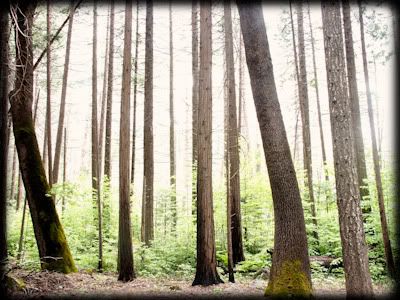Depth of field refers to the distance between the subject and its foreground and/or background. It can also be thought of as how sharp the subject looks relative to its surrounding.
There are two main types of D.O.F., a shallow depth of field and a larger depth of field. Everything else lies somewhere between the two.
A shallow depth of field is when your subject or focal point is the only part in the photograph that is in focus, while your background and/or foreground is blurred. This is very commonly used in portrait photography. The closer you are to your subject the smaller D.O.F. you will have.

In this image, I was close to my subject, Selina, so I could blur the building in the background, which ended up barely appearing in the photograph.
Another example is the following image, in which I zoomed in and focused on the butterfly. There is a bit more detail in this photograph, but if I had zoomed in more or gotten closer, the background would have been completely blurred.

Macro lenses are great for achieving a blurred effect because they allow you to get closer to a subject and therefore have a more shallow depth of field.
Telephoto lenses are also great when you're trying to achieve a shallow depth of field because the further you zoom in the smaller your aperture becomes. However, it is harder to achieve a deeper depth of field with these lenses.
A deep depth of field is one in which the entire photograph is sharp. The more crisp details there are in a photograph the greater depth of field you have. This is often used in landscape photography and can be achieved by closing your aperture to its lowest f-stop, usually f2.8 or f3.5. In other words, zooming out or decreasing the magnification to create a crisper image.

In the photograph above I was using the same lens as in the first, but I was completely zoomed out and had a low f-stop, which created a deeper depth of field or more detail in the photograph. The same is true for the forest image below. In both, you can see the details in the foreground, background and subject. Everything is crisp, every detail is there. You can see the cracks on the wall and the furthest tree.

Both types of depth of field are important and both can be used to photograph anything. It is simply up to you to decide if only one detail in your image is important or if they all are and decide accordingly if you need a shallow or deep depth of field.

No comments:
Post a Comment